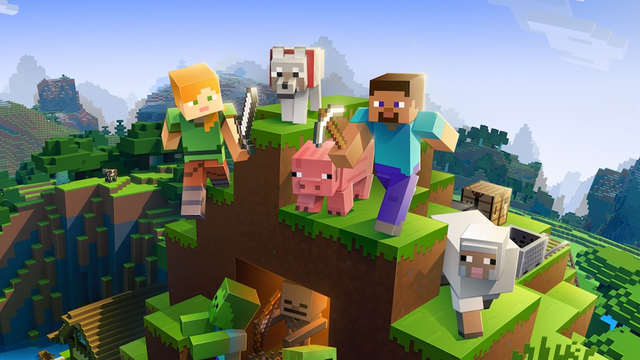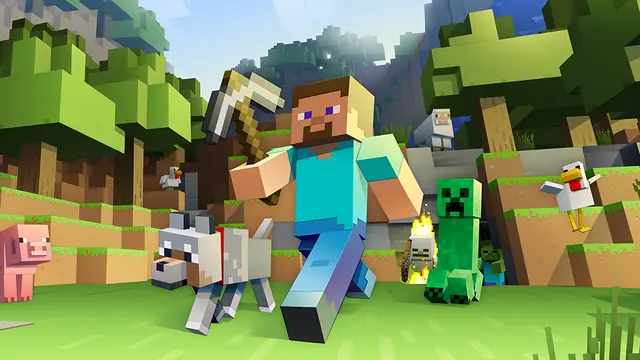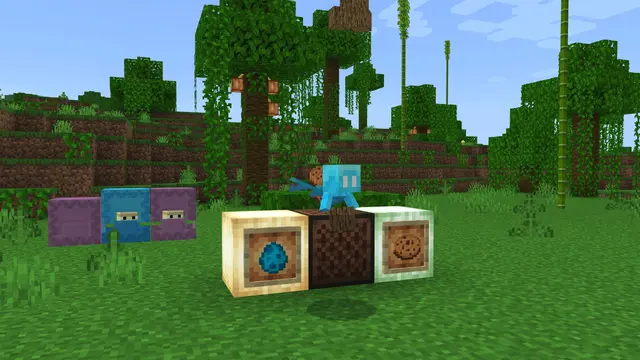We all know the old rule of thumb. Dig down to about Y=11 and build a branch mine with two rows of blocks between each tunnel. That’s because, in the old system, diamond, redstone, iron, lapis lazuli, and gold were all found in significant quantities at this one level. There was no variety in block height aside from the much newer copper, which was more likely to be found around Y=48. All of this was changed with the release of Minecraft 1.18 and that remains true today in 1.20. Let’s dig into the changes and explain where iron is now found.
What Did Minecraft 1.18 Change?
Just about everything, it turns out. The build height is now 320 with blocks found as high as 256. Y=0 is no longer roughly the layer of bedrock. Instead, you can dig as deep as Y=-64. That’s a whole lot of new blocks to fill!
In an attempt to make things more diverse and reward the exploration of different biomes, Mojang has completely rebalanced ore generation. That means you’ll need to target different world heights for the various materials going forward.
What is the Best Level/Height to Find Iron?
Iron used to appear consistently between Y=0 and Y=60. It didn’t matter what height you were at as long as there was earth on that level. All of this has changed. There’s a decent chance of getting iron between levels 72 and -64, but there are extra factors now. Iron ore becomes increasingly more likely to spawn between Y=-24 and Y=56 as you approach Y=16. As a result, for many biomes, iron has the highest odds of spawning at Y=16. Mountains, however, throw us a curveball. If you can manage to find somewhere on the map with mountains high enough, iron ore has the highest possible chance to spawn around Y=232. Once you hit Y=80, iron starts to generate more and more until it reaches that point. The higher you go, the better.
If you’re trying to make a call on when it’s worth switching, at about Y=152 you’ll probably find more in the mountains than you would underground. There are exceptions we can’t predict, however, and those are the large iron veins that can sometimes be found. While we’re yet to find one, if you’re good at following the veins as they tunnel through the earth, you can feasibly walk away with hundreds and hundreds of iron all connected in a row. Those are located much further down into the ground, however. If you’re into caving, that could be a solid option. But if you’re mainly focused on branch mining, stick to the high mountains whenever possible.
If you don’t know what level you’re at, hit F3 to display your current information and look for the XYZ values.
Want to see the changes for yourself? Here’s the official ore distribution map from Mojang.

It’s a bit hard to parse, but do you see that solid light gray block in the comparison? That means Iron was equally likely to spawn at all of those levels. In the new distribution on the left, the ore now varies with huge potential as the mountains climb in height. That’s not to say it isn’t worth digging below ground, though; it all depends on the circumstances.
While you’re here, you can use that chart to figure out where to get the other ore types. We’ll also be writing up guides to help decipher it all since it can be a bit confusing. Hope this guide was helpful!



